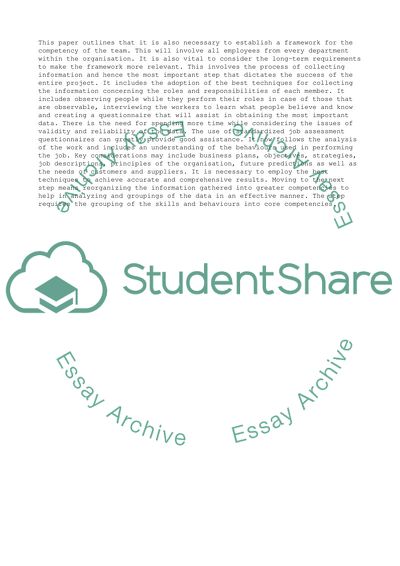Cite this document
(“Human Resource Planning Case Study Example | Topics and Well Written Essays - 1500 words”, n.d.)
Retrieved from https://studentshare.org/management/1668831-case-study-of-human-resource-planning
Retrieved from https://studentshare.org/management/1668831-case-study-of-human-resource-planning
(Human Resource Planning Case Study Example | Topics and Well Written Essays - 1500 Words)
https://studentshare.org/management/1668831-case-study-of-human-resource-planning.
https://studentshare.org/management/1668831-case-study-of-human-resource-planning.
“Human Resource Planning Case Study Example | Topics and Well Written Essays - 1500 Words”, n.d. https://studentshare.org/management/1668831-case-study-of-human-resource-planning.


